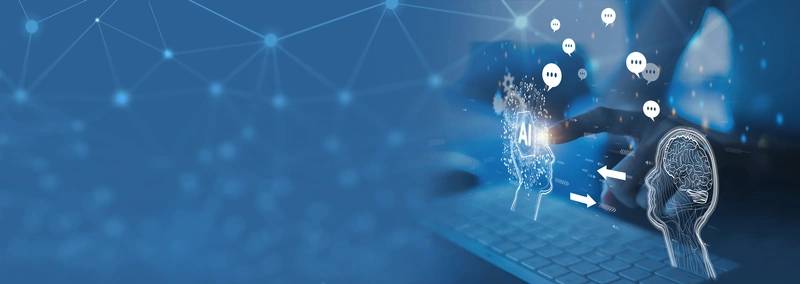ChatGPT & Maritime Training: Steps to Harness the Power
By now we have all heard about ChatGPT, an example of a “Large Language Model” technology which is remarkable in its ability to generate human-like responses to questions we ask of it. But is ChatGPT primarily a novelty, or can it provide real value in terms of its ability to create content? In my personal experience with ChatGPT, the answer is far closer to the latter than the former - but with some caveats. In this edition of Training Tips for Ships, we'll explore the steps required to harness the power of ChatGPT to generate engaging and effective maritime training materials. It is easy to try this for yourself by following some basic guidelines which I present here.
As a first step, it is important to understand that the quality and relevance of the output from ChatGPT is enormously influenced by the clarity and specificity of the questions you pose. So as a prerequisite to content creation, it's essential to have a clear idea of the specific skills or knowledge you want your trainees to acquire from this content, and to outline the key topics that your training materials should cover. Having a clear goal in mind will help you provide more focused input to ChatGPT, resulting in better-quality output.

With your clearly considered goal in mind, the next step is to sign up for an account with OpenAI at https://chat.openai.com/. Once your account is set up, you are presented with a simple box into which you can type or paste your request.
Now it is time to try it out.
Using the requirements you formulated above, create a request which describes the needed content, any required guidance, and the specific output desired. For example, you might ask ChatGPT the following:
"New maritime trainees often have trouble learning collision regulations due to their complexity. Create 10 clear, scenario-based, short-answer quiz questions on collision avoidance at sea which will help them understand the nuance of different situations''.
Or “Write a training module of 500 words maximum for beginners on the basic safety precautions which need to be taken to safely enter and work in a confined space. Be sure to emphasize the risks present and how the likelihood and consequences of each of those risks can be reduced.”
The more specific your question is and the better the guidance you provide, the better the outcome will be.
What is interesting and not immediately obvious to new users is that ChatGPT considers your requests as part of a conversation. So, this gives you the ability, for example, to follow up it’s answers with further guidance to get closer and closer to the output you are hoping to achieve. For example, after it provides a response, you might say “can you try that again, but this time elaborate further on the preparatory steps before first entering the confined space.”
This iterative process will help you guide ChatGPT to produce the results you need.
Now comes the part that you, as a knowledgeable expert, are required for. ChatGPT is a powerful tool, but it's crucial to remember that it will rarely generate perfect content. After receiving the AI-generated text, carefully review it for accuracy, relevance, and clarity. You may find inaccuracies, omissions or conflicting information that you are able to correct, but it cannot.
This underscores the specific value of ChatGPT. In its present form, it cannot be thought of as an expert author. Instead, consider it more along the lines of a junior assistant - one who is eager and highly productive, but whose work always needs to be vetted and edited by an expert (you) before it sees the light of day. As a junior assistant to you, it will save you a tremendous amount of time and help you to be far more productive, so long as you learn how to give it clear direction. Being able to do so with ChatGPT, just as with a junior assistant, it a skill that develops over time.
Incorporating ChatGPT into your maritime training content development process can be a game-changer. By following the steps outlined above and embracing an iterative approach, it will improve your productivity and help you create engaging and effective training materials that meet the unique needs of the maritime industry.
Thanks for reading this edition of Training Tips for Ships, and until next time, sail safely!
